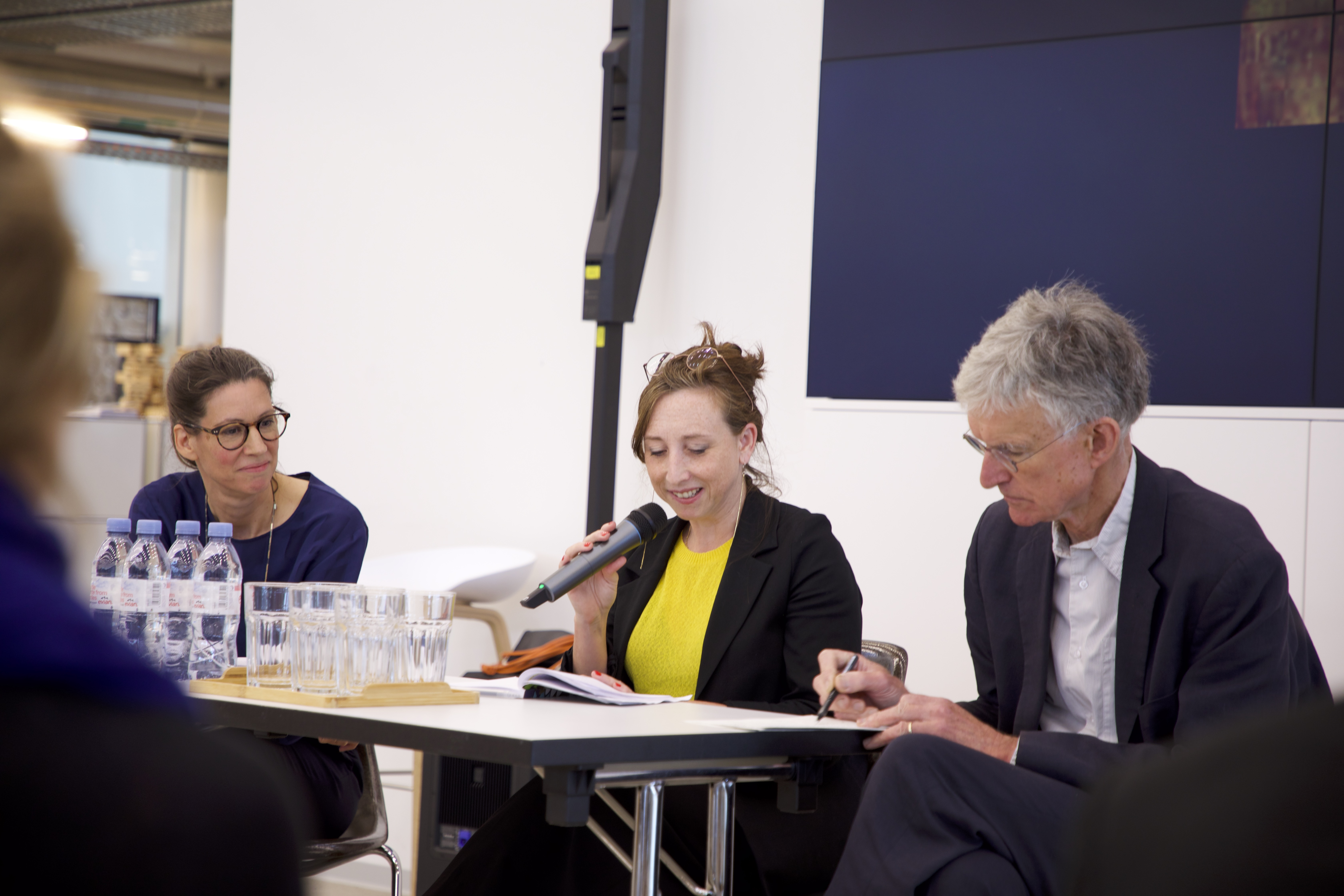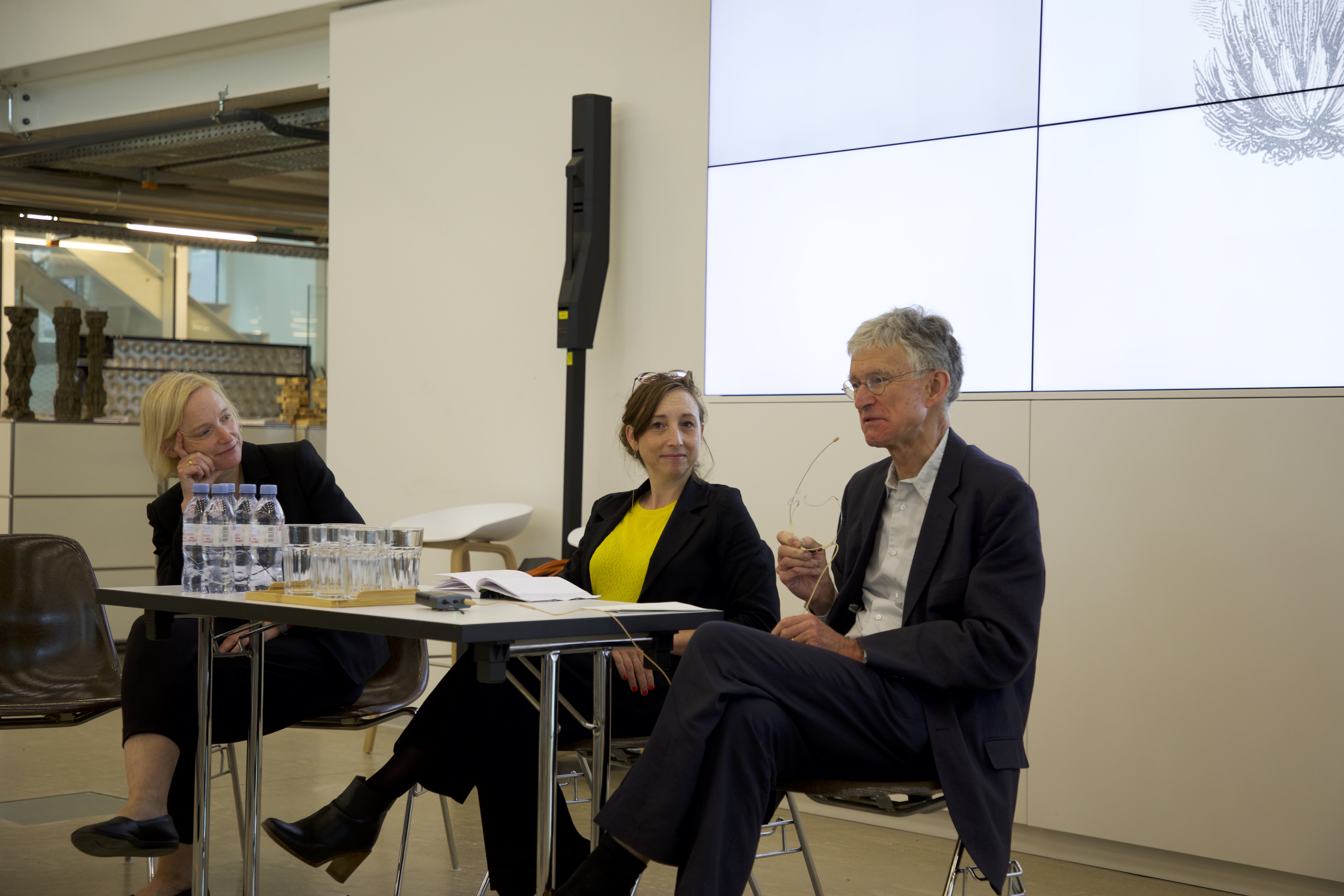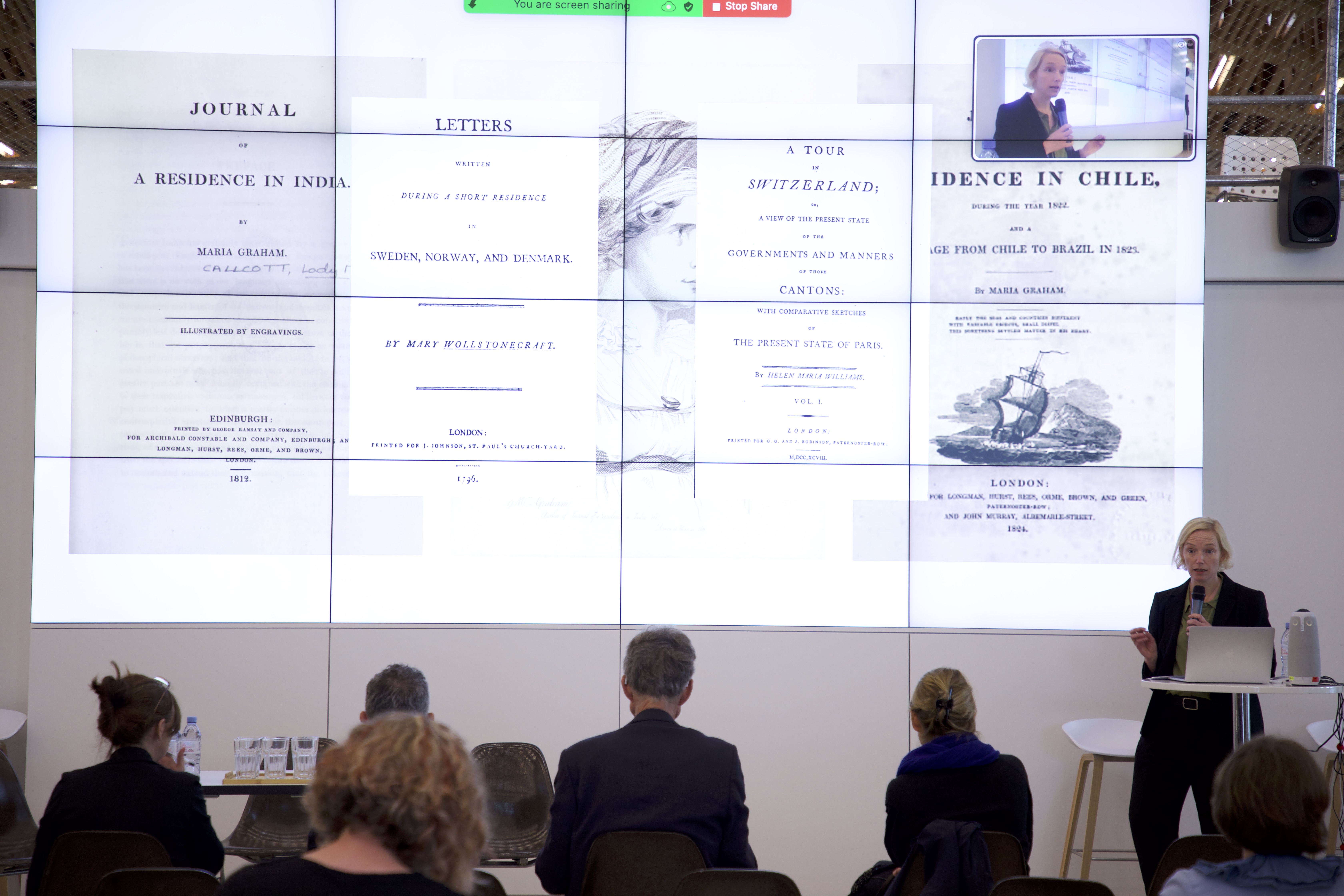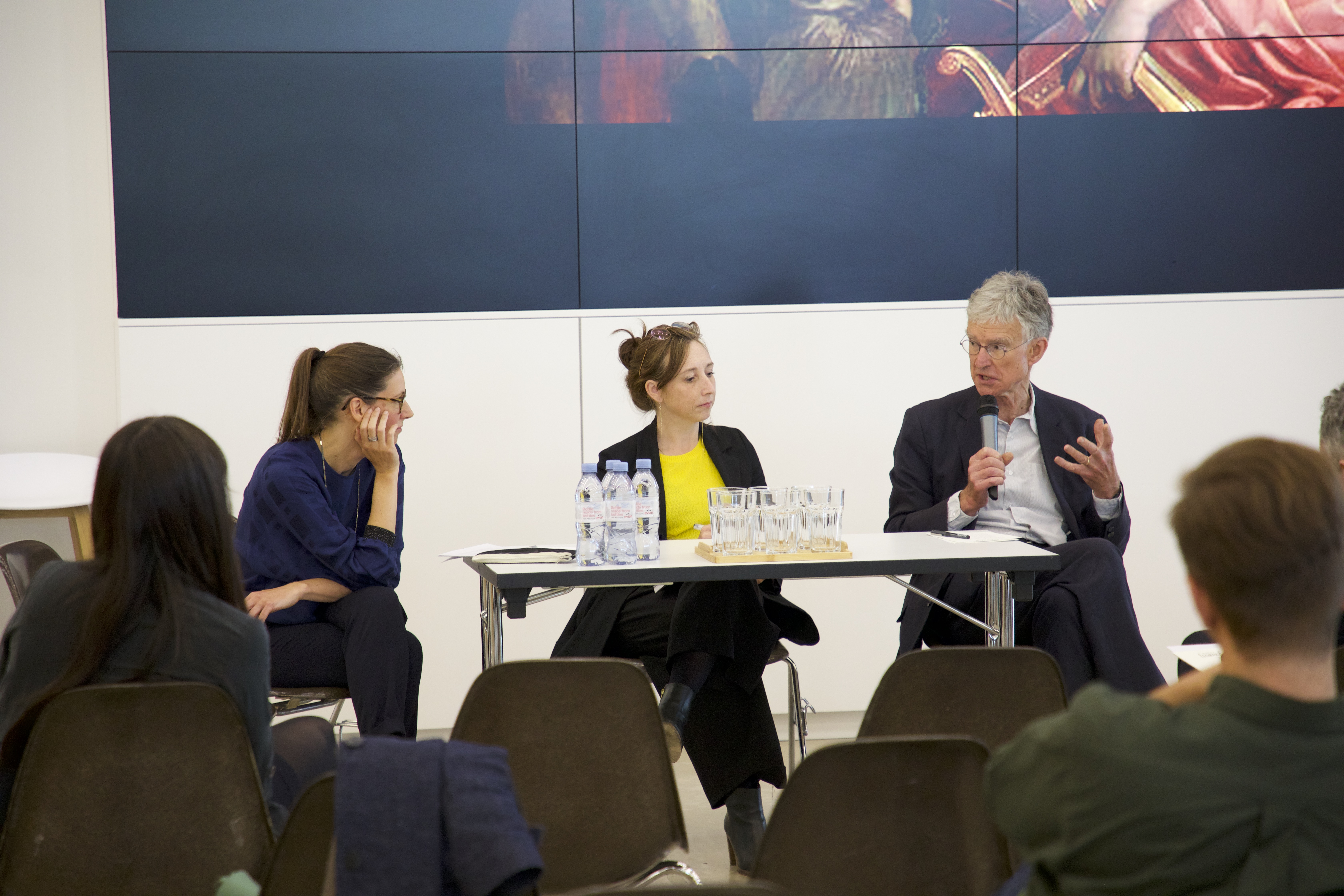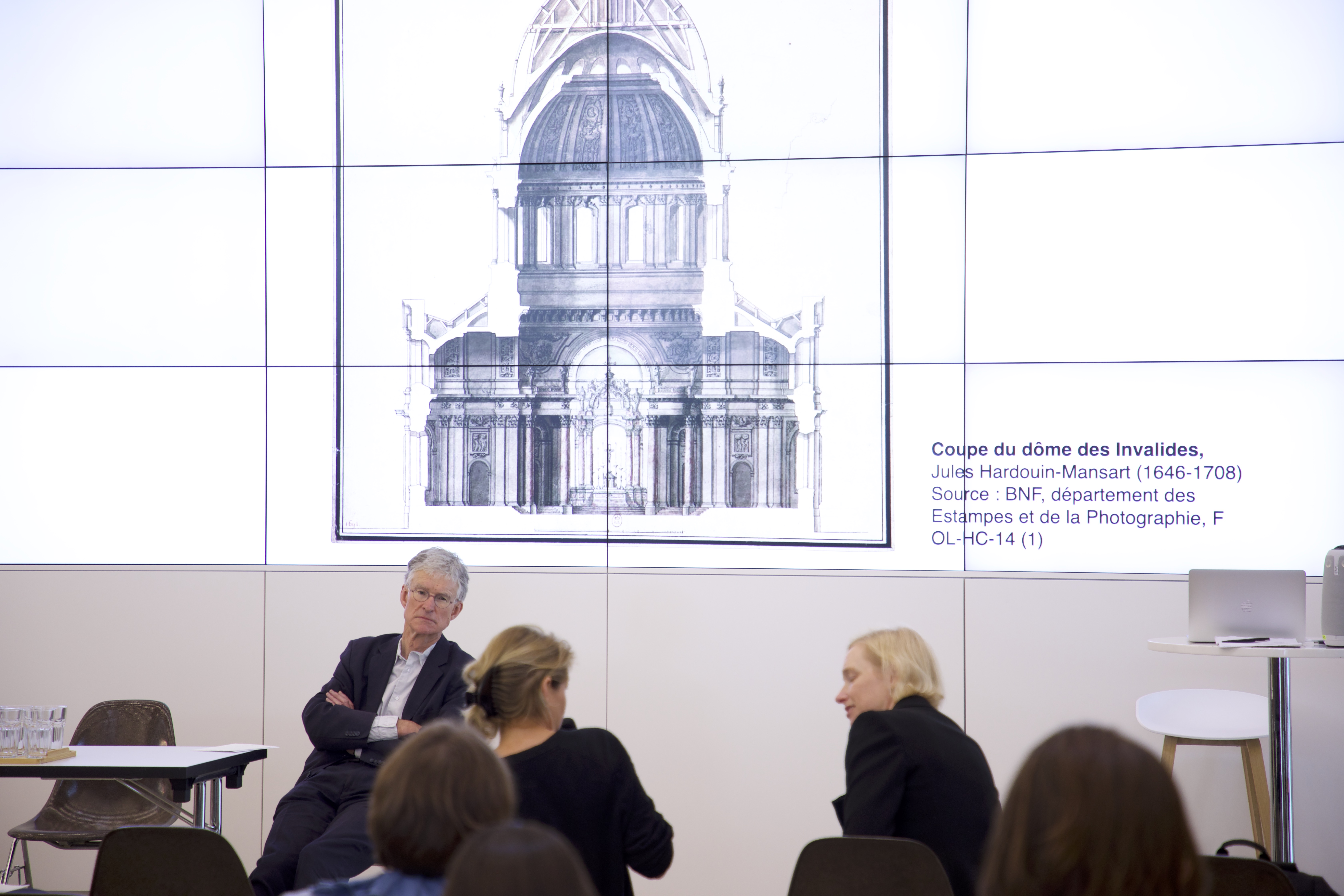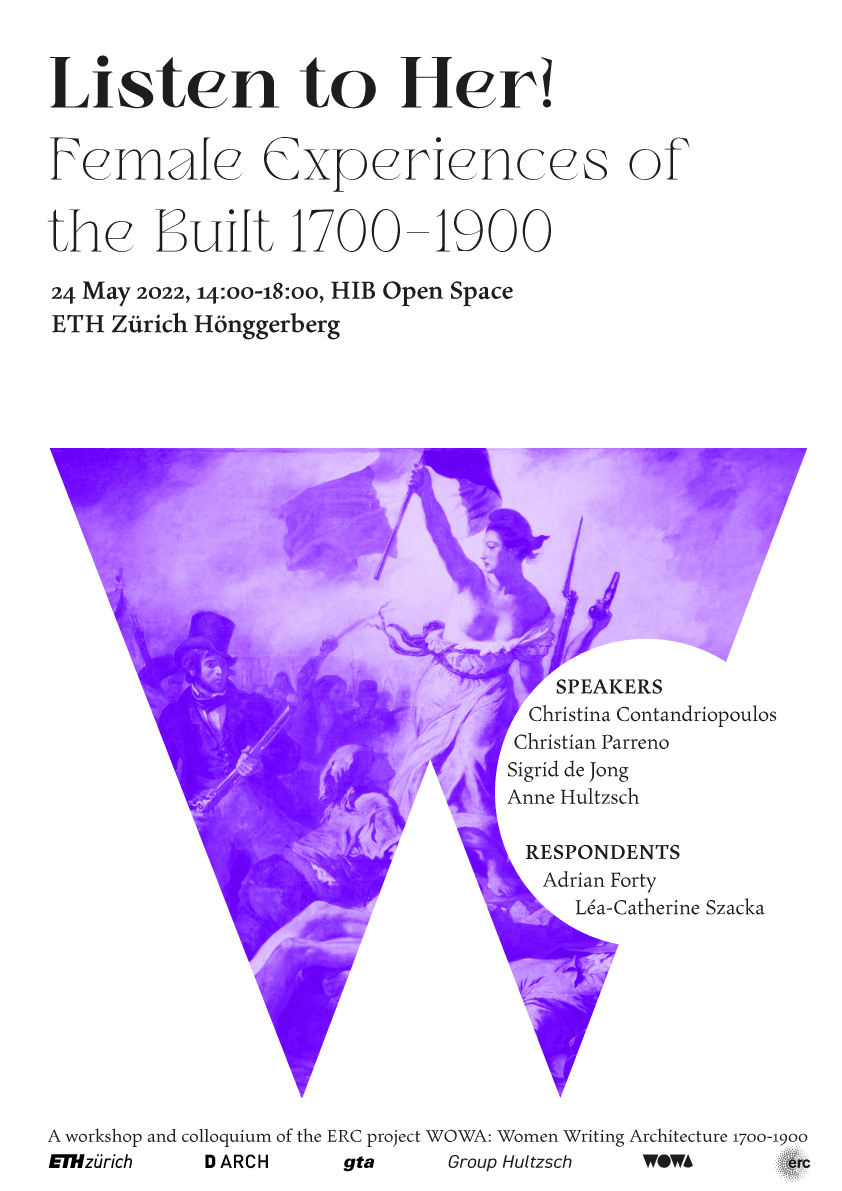WoWA Workshop 1
Listen to Her!
Female Experiences of the Built 1700-1900
Date: Tuesday, 24 May 2022
Location: ETH Zürich Hönggerberg
Room: HIB Open Space
This is the first of a series of workshops and colloquia organised by the ERC-funded project Women Writing Architecture: Female Experiences of the Built 1700-1900 (WoWA), based at the Institute for the History and Theory of Architecture (gta) of ETH Zurich. Following an internal morning workshop for Group Hultzsch and invited guests, a public colloquium will be held in the afternoon.
Talks by Christina Contandriopoulos (Montréal), Christian Parreno (Quito), Sigrid de Jong (Zurich), and Anne Hultzsch (Zurich) will explore female discursive spaces in France, Ecuador, Italy, and Great Britain around 1800.
Together, we will ponder how women ascribed meaning to buildings and landscapes through their writings. As a research group, we propose that by exploring women’s writing we can uncover female agency within architecture in a period commonly considered as male governed. Further, we argue that architectural history as a discipline, now more than ever, can and must look beyond the production of buildings to processes of reception and appropriation to fully understand the past of the built environment as experienced and shaped by marginalised groups.
Together, we will ponder how women ascribed meaning to buildings and landscapes through their writings. As a research group, we propose that by exploring women’s writing we can uncover female agency within architecture in a period commonly considered as male governed. Further, we argue that architectural history as a discipline, now more than ever, can and must look beyond the production of buildings to processes of reception and appropriation to fully understand the past of the built environment as experienced and shaped by marginalised groups.
︎
︎
︎
︎
︎
︎
︎
︎
︎
︎
︎
︎
︎
︎
︎
︎
︎
︎
︎
︎
︎
︎
︎
Colloquium

Women Writings, Sensualism and Architecture in France 1760-1820
By Christina Contandriopoulos, Université du Québec à Montréal, Canada.
This research project focuses on the contribution of women to architectural discourse during the period 1760-1820 in France. The primary goal consists in gathering and studying a corpus of little-known texts published in newspapers, correspondence and novels.
In the context of this workshop, I will present a singular case study. In 1764, Catherine de Maisonneuve, director of the Journal des dames, published a “Letter on the Dome of the Invalides”. This text offers one of the rare examples of architectural criticism written by a woman for a female readership. In her text, Madame de Maisonneuve describes the intimate emotions she experienced in direct association with the spaces and decor. By recognising the specific qualities of this text, I will highlight it’s contribution to the emergence of sensualism. In doing so, I also wish to open an epistemological reflexion that asks how we envision the agency of these authors and their texts given that they have been overlooked until now by architectural historians.
‘architecture, or whatever title we may give to the manner of building here’: Maria Graham in India and Chile, 1812 and 1824
By Anne Hultzsch, ETH Zurich, Switzerland
This talk explores the different connotations given to ‘architecture’ by Maria Graham (1785-1842, née Dundas and later Lady Callcott) in her travelogues on India (1812) and Chile (1824). Concerned with a wide array of themes and versed in as many fields, architecture and its history among them, Graham employed expert knowledge to look at the built as an environment besides a composition of forms and objects. Listening to her both as a coloniser carrying the banner of the British Empire as well as a woman fighting for her right to be heard, I track her movements through the spaces of India, Chile, and contemporary print cultures. Situating her in two houses and two histories, I listen to ‘difference the canon’ (Pollock 1999).

Making Sense of the Built. Madame de Staël Writing on Architecture
By Sigrid de Jong, ETH Zurich, Switzerland
‘Stop for a moment here’, said Corinne to Lord Nevil, as he was already under the portico of the church, ‘stop before you lift the curtain that covers the door of the temple; does not your heart beat at the approach of this shrine?’
Guiding her lover through the city of Rome the female character in the novel Corinne, ou l’Italie (1807) is presented as intellectually superior to her male companion, and clearly more eloquent. Writer and philosopher Germaine (Madame) de Staël (1766-1817), was the author of this work. She is also the author of an extensive oeuvre of literary, philosophical and poetical works. As a salonnière, first in Paris and then in Coppet, Switzerland, she received the intellectual minds of the European Enlightenment, leading the conversations between politicians, artists and writers. Pairing intellectual talent with emotional intensity, she strove for the freedom of female expression, both in her salons and in her writings. Her immense influence on the European literary, cultural and political scene of the period is undisputed. Although De Staël’s passionate life and work have been widely studied, her thoughts on the built world seem to have been overlooked. This paper examines her ideas on architecture, especially in her novel Corinne ou l’Italie. They offer us privileged access to the myriad ways in which Madame de Staël ascribed meaning to architecture, and demonstrate that her powerful female voice should be heard again when rewriting the history of architectural thought around 1800.
Where is the world that my mind decorated in white flowers? Manuela Sáenz and Dolores Veintimilla de Galindo, Ecuador, 1797–1857
By Christian Parreno, Universidad San Francisco de Quito, Ecuador
This presentation juxtaposes the personal letters of Manuela Sáenz with the poetry and prose of Dolores Veintimilla de Galindo. Both lived in the first half of the nineteenth century, participating in the independence of what is now Ecuador and witnessing the formation of a new society. Their writings do not speak of buildings nor of architectural styles; rather, they inhabit their own experiences. Sáenz – the famous companion and archivist of Simón Bolívar – chronicles battles and the negotiation of territories, ultimately becoming a political actor. And Veintimilla – a precursor of local romanticism, known as the Ecuadorean Sapho – wonders about cultural canons and the behaviour of the elites, asking why a better republic can’t be assembled. Under their light, experience surfaces as an architectural process, with spatiality, as the encounter between interiority – the space of sentiments and thoughts – and exteriority – the space of the body and the world.
Biographies
Christina Contandriopoulos is professor in the Department of Art History at the Université du Québec à Montréal where she teaches the history of architecture and landscape in the 18th and 19th century. Her current research focuses on architectural criticism and the writings of woman within and beyond professional boundaries. She is a founding member of the RAA19 (Research of Art and Architecture of the 19th-C; https://raa19.com/). She co-edited a special issue of the journal Captures on "Cartographies actuelles" (2020), the Companion to 19-Century Architecture (Blackwell Publishing, 2017) and the anthology Architectural Theory 1871–2005 (Blackwell-Wiley, 2008).
Adrian Forty is professor emeritus of architectural history at the Bartlett School of Architecture, UCL and Honorary Curator of Architecture at the Royal Academy, London.
He is the author of Objects of Desire, Design and Society Since 1750 (1986); Words and Buildings, a Vocabulary of Modern Architecture (2000); and Concrete and Culture, a Material History (2012). From 2010 to 2014, he served as president of the European Architectural History Network.
He is the author of Objects of Desire, Design and Society Since 1750 (1986); Words and Buildings, a Vocabulary of Modern Architecture (2000); and Concrete and Culture, a Material History (2012). From 2010 to 2014, he served as president of the European Architectural History Network.
Anne Hultzsch leads the ERC-funded group ‘Women Writing Architecture: Female Experiences of the Built, 1700-1900’ here at ETH. Her research focuses on women’s agency in architecture before 1900, on 18th and 19th-century architectural print cultures as well as the histories of perception and travel. She is the author of Architecture, Travellers and Writers: Constructing Histories of Perception 1640-1950, as well as co-editor, with Mari Hvattum, of The Printed and the Built: Architecture, Print Culture, and Public Debate in the Nineteenth Century.
Sigrid de Jong is a senior assistant at the gta Institute, ETH Zürich and teaches the history and theory of architecture. She holds a PhD from Leiden University (2010). Her research focuses on eighteenth- and nineteenth-century architecture and architectural theory in France, England, Germany and Italy, with a special interest in the human responses to buildings and the city, in the public realm, in discourse and design. She is the author of Rediscovering Architecture: Paestum in Eighteenth-Century Architectural Experience and Theory (Yale 2014) and co-editor of the Companion to Eighteenth-Century Architecture (with Caroline van Eck, Wiley-Blackwell 2017). Together with Maarten Delbeke she will lead the research project 'Building Identity: Character in Architectural Debate and Design, 1750-1850', funded by the SNSF.
Christian Parreno is assistant professor of history and theory of architecture at Universidad San Francisco de Quito. He holds a PhD from the Oslo School of Architecture and Design and an MA in the Histories and Theories Programme from the Architectural Association. He is the author of Boredom, Architecture, and Spatial Experience (Bloomsbury, 2021).
Léa–Catherine Szacka is Senior Lecturer (Associate Professor) in Architectural Studies at the University of Manchester and visiting tutor at the Berlage. In 2021-2022 she is Guest Academic at ETH Zurich. Szacka is the author of Exhibiting the Postmodern: The 1980 Venice Architecture Biennale ( 2016). She is also the author of Biennials/Triennials: Conversations on the Geography of Itinerant Display (2019) and co-author of Le Concert: Pink Floyd à Venise (2017), as well as co-editor of Mediated Messages: Periodicals, Exhibitions and the Shaping of Postmodern Architecture (2018) and Concrete Oslo (2018).
Media

